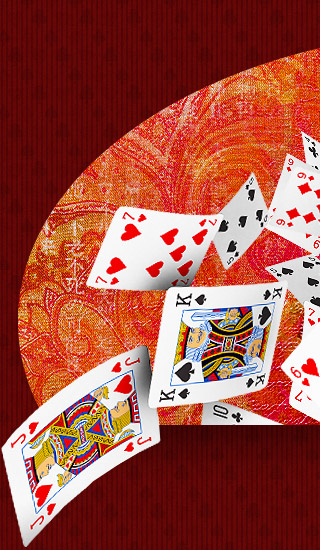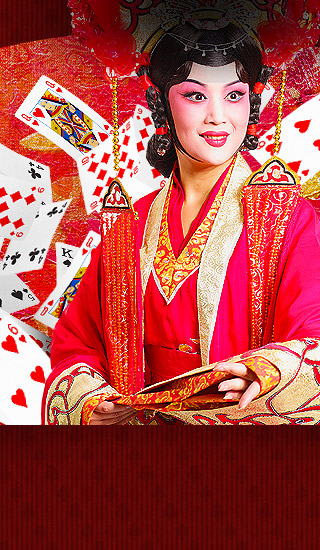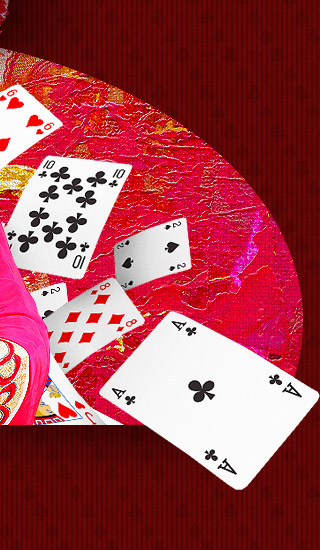Learn How to Play Chuo Dai Di
As a card shedding game, the object of Chuo Dai Di is to be the first player to play all of his cards on the table. If you cannot be first to player to get rid of all your cards, then your aim is to have as few cards as possible when another player finishes.
Cards can be played individually, in pairs or in five-card combinations, just like in poker. Check out the card and hand ranks now.
Any player can make the first deal, after which the winner (or loser) of each game deals the next. The dealer shuffles and the player to dealer's right cuts.
After thoroughly shuffling the cards and completing the cut, the dealer exposes a card to determine who will be dealt the first card.
To determine who gets the first card, count the players starting with the dealer and continuing in the direction of play until the rank of the exposed card is reached. So if it was an ace, 5, 9 or king the dealer will get the first card, if it was a 2, 6 or 10 the player to dealer's right, if it was a 3, 7 or jack the player opposite the dealer and is it was a 4, 8 or queen, the player to dealer's left.
The dealer deals out the cards, one at a time, starting with the player designated by the above process and continuing anticlockwise until all the cards are dealt. So everyone will have a hand of 13 cards, which they can look at and sort.
The player who has the three of diamonds begins and must play this card (place it at the center of the table), either by itself, in a pair or as part of a legal five-card combination. The player to his right plays next, and so on round the table.
The next player must beat the previous player's cards by placing a higher card, a better pair or a superior five-card combination, depending on the number of cards played by the previous player on the center of the table.
Alternatively, players have the option to pass (play no cards) if they don't have the cards that can beat the previous player's hand. Players can also pass as part of their strategy.
This may continue for several turns, until someone gets rid of all of his cards. The first player who plays all the cards in their hand wins, the round ends, and the remaining cards of the other players are counted and scored.
If a player has nine cards or less, each of the cards is counted as two points. If a player is left with anywhere from 10 - 13 cards, three points per card is counted. When all the points the points are tallied, the player with the most points usually get a penalty or pays more to the winning player.
域名 chuodaidi.com 正在出售中,如果您对该域名感兴趣,请点击这里提供您的报价。
The domain name chuodaidi.com maybe for sale. Please click here if you would like to make an offer.



